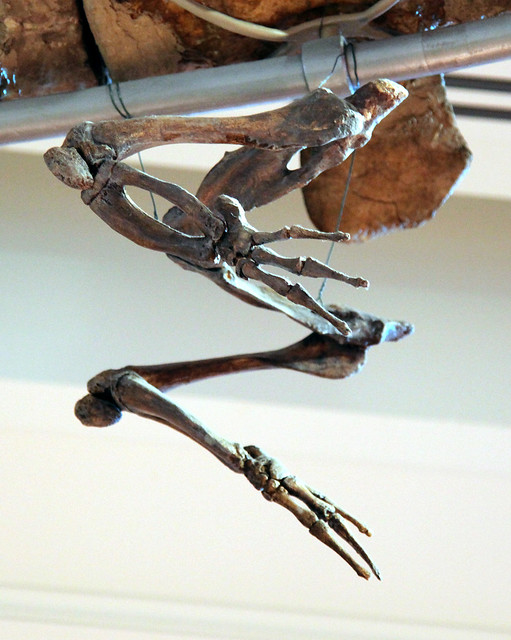So the other day I found myself near one of the local Bible book stores and since I had the time wandered in to see what creationist fare they might have in their apologetics section. As it turned out not a lot, however in the homeschooling section they did have this little tome titled, Exploring the world of biology: From mushrooms to complex life forms (2009) by a John Hudson Tiner and published by Master Books (which as far as I know is still a subsidiary of the Institute for Creation Research):
I am not sure why Mr. Tiner—who is apparently a math teacher—chose to start with mushrooms in his “exploration” but even leaving out simpler organisms makes his exploration a tall order when he only has 160 pages to work with.
Regardless, I am not here to critique the entire book, or even the section from which I have drawn my nit (I couldn’t do so in good faith anyway, as I only flipped through the book and took a couple quick photos). I am only here for the nit, nit, nit!
And the nit is this from page 133:
 Here we have a black and white photo of a fossil which is labeled Archaeoraptor liaoningensis.
Here we have a black and white photo of a fossil which is labeled Archaeoraptor liaoningensis.
Huh, yeah, it is just that the problem is the picture is not of that notorious fraudulent fossil. See for yourself; compare the picture above with following picture of the actual “Archaeoraptor”:
You don’t have to have a degree in comparative anatomy to tell these two specimens apart.
What Tines has done is publish what is clearly a cropped photograph of the Berlin specimen of Archaeopteryx siemensii —perhaps the single more famous and recognizable fossil in the world—and mistakenly labeled it as Archaeoraptor.
So, yeah, “oops!” Mr. Tines may want to familiarize himself with Archaeopteryx before he opines on the state of the fossil evidence for the evolution of birds from other dinosaurs (let alone starts writing books that might fall into the hands of impressionable children).
For more info on the Archaeoraptor story see:
“Archaeoraptor Fossil Trail” By Lewis M. Simons from the October 2000, National Geographic magazine












